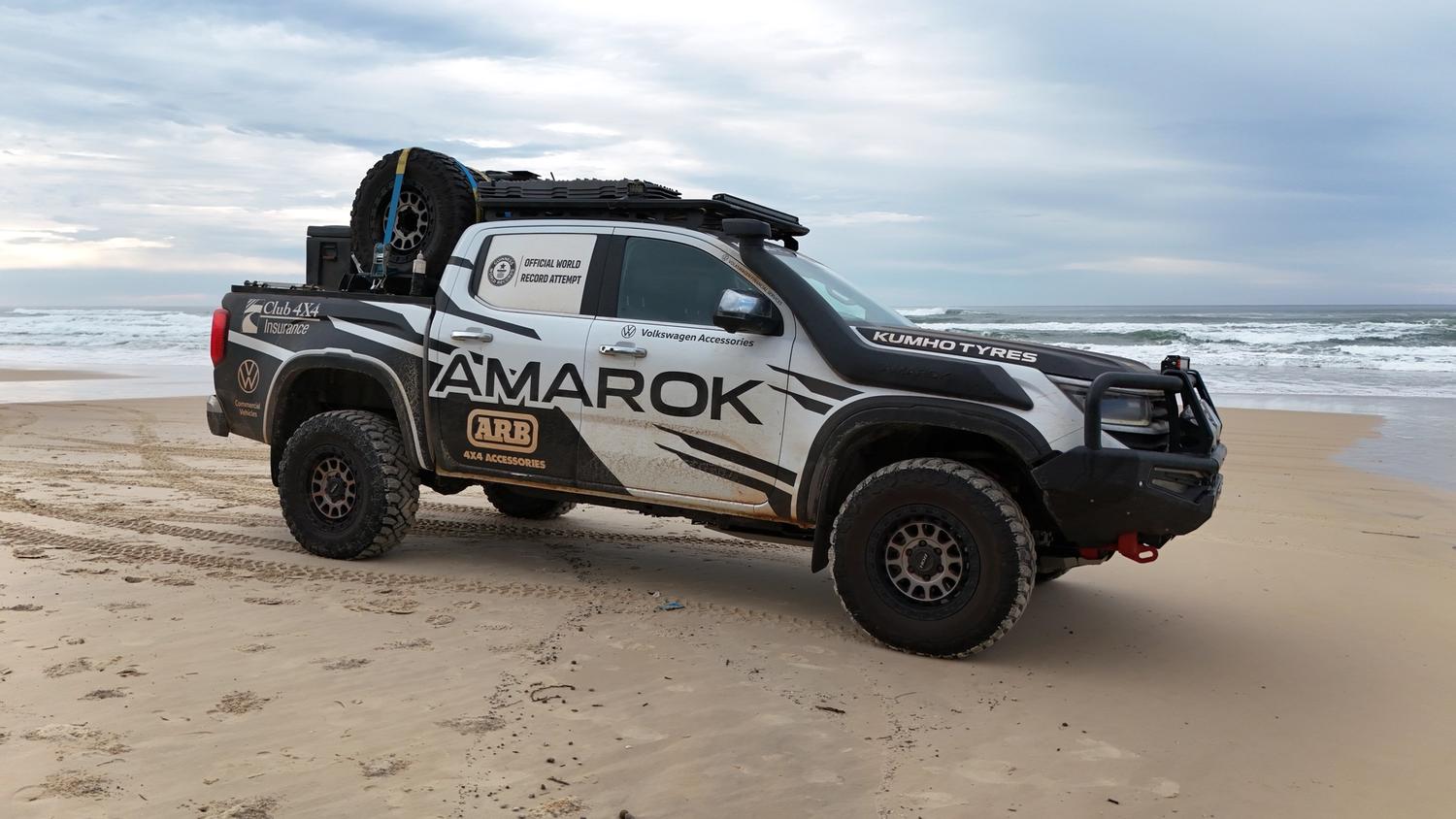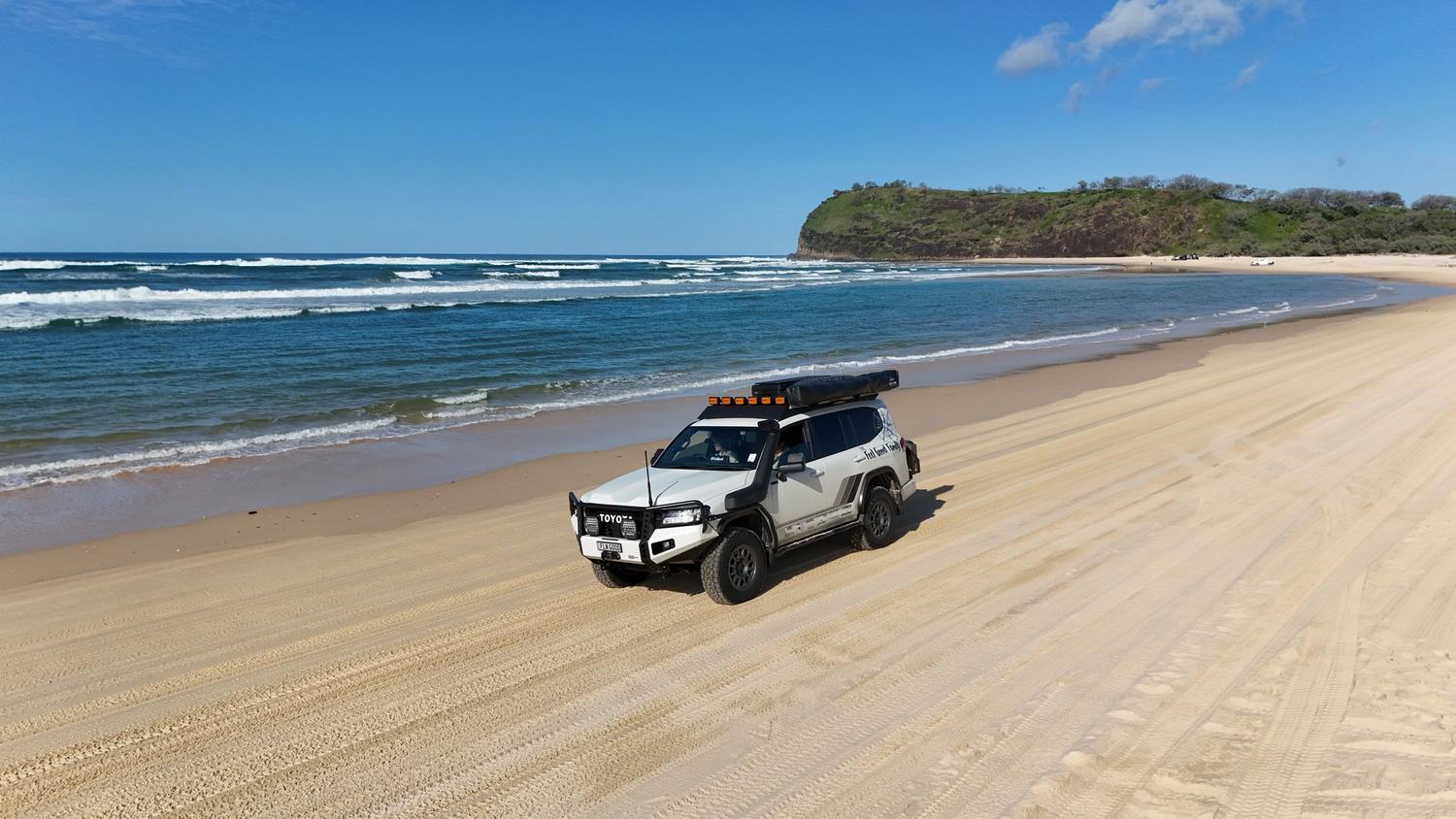BLOG
The Campfire
Pull up a chair and let us tell you a story
Topics
All

Reviews & Comparisons
Volkswagen Amarok Off-Road Review: From 10 Deserts to K'Gari Clean-Up
After covering everything from bitumen to beach highways, rainforest tracks and water crossings, the Amarok's came away with nothing but respect from the Club 4X4 team.

Expert Advice
Salt, Sand & TLC – Essential Post-Trip Care After Your Beach Adventure
Beach driving and coastal camping bring a special kind of magic… and a special kind of mess. Salt, sand, moisture, and mud can wreak havoc on everything from your underbody to your camp chairs if you don’t give things a proper clean-up and check-over post-trip.

Expert Advice
Your Guide to Buying a Used 4WD
A solid second-hand 4X4 will take you to places most people only ever dream of and with the right checks, it won’t leave you stranded halfway up a track with a detonated diff and an empty wallet.

Trips & Destinations
A Weekend on K’gari: The Ultimate 3-Day Camping Itinerary
Before you get too excited about Eli Creek or Champagne Pools, there are a few must-knows for a safe and successful K’gari camping trip:

Expert Advice
First Timers Guide to Water Crossings
When done correctly and sensibly, there really is no reason to have the fear of God surging through your veins when tackling a water crossing.

Partnerships, Promotions & Events
Club 4X4 Insurance Hits the Sand for the K'gari Clean Up
Supporting the K’gari Clean Up is one of the most meaningful ways we can give back to the community that built and drives us, while helping to preserve the landscape that makes Aussie 4WDing unlike anywhere else in the world.
